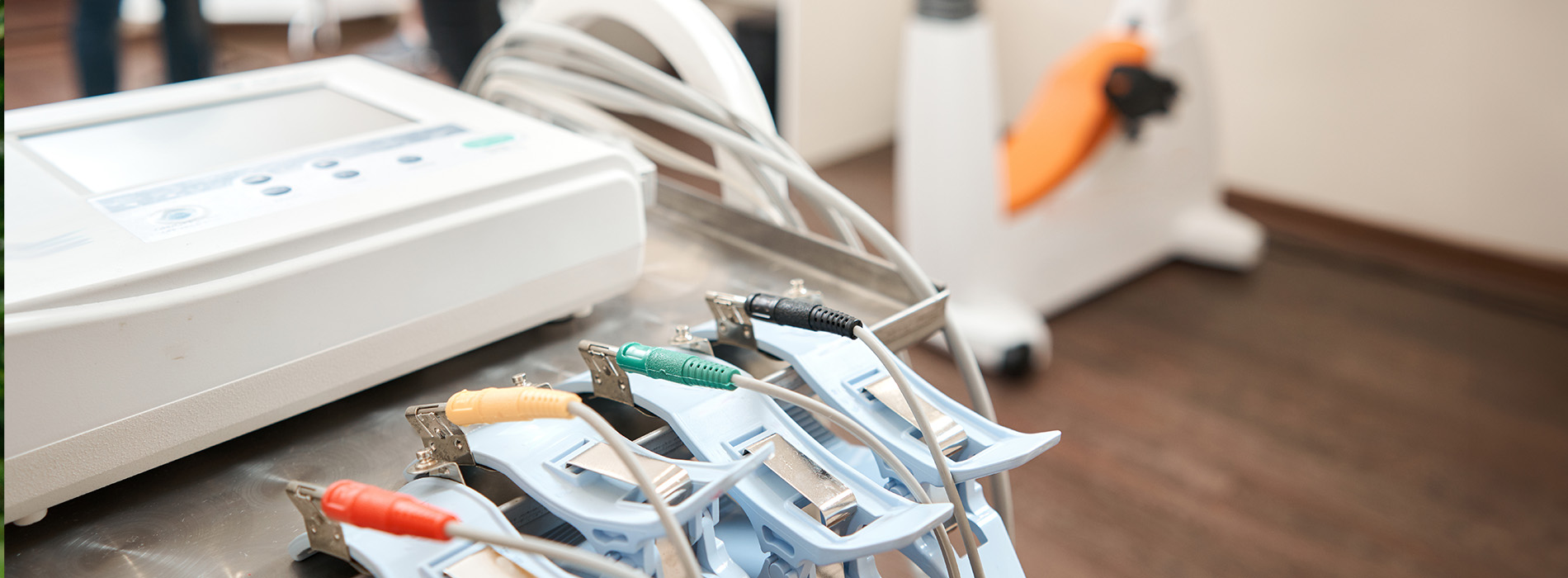Existing Patients
(212) 679-4488
New Patients
(212) 401-2665

Nuclear stress testing reveals the blood flow through your heart when it's at rest and after it's forced to work harder. David Harnick, MD, and Raymonda Rastegar, MD, at Heartwise Cardiology perform nuclear stress testing in the office, using this advanced technique to accurately diagnose heart conditions and determine the best treatment for your unique health care needs. To schedule an appointment, call the office in the Murray Hill or Upper East Side neighborhood of Manhattan, New York, or use the online booking feature today.
Nuclear stress testing combines two types of diagnostic tests, a stress test and nuclear imaging.
Stress test: A stress test shows how well your heart functions when it's forced to work harder and pump more blood. During a stress test, you walk on a treadmill or receive medication that increases your heart rate.
Nuclear imaging: Nuclear imaging uses a radioactive dye to create images showing how well blood flows through your coronary arteries and heart muscles. To produce nuclear imaging, your provider injects a radioactive material that travels to your heart. Then your provider uses specialized equipment that picks up the energy released from the radioactive dye and translates it into images. The images reveal damaged heart tissues and areas with poor blood flow.
Heartwise Cardiology uses stress tests, whether alone or with the addition of nuclear imaging, to diagnose conditions such as:
Your provider also uses a nuclear stress test to guide treatment decisions.
Before you start the stress test, your provider injects the radioactive dye and takes an image of your heart at rest. Then they prepare you for the stress test by hooking you up to an electrocardiogram (EKG) machine and putting a blood pressure cuff on your arm.
During the stress test, you walk on a treadmill. Or if you can't tolerate exercise, your provider injects medication that increases the blood flow to your heart. The treadmill begins at a slow pace, and at regular intervals, your provider increases the speed and slope of the treadmill. That continues until your heart reaches its peak rate or you develop symptoms. You can stop the test if you develop symptoms such as chest pain, severe shortness of breath, or dizziness. Your provider may also stop the nuclear stress test if they see an abnormal heart rhythm on the EKG or changes in your blood pressure.
As soon as you finish exercising, your provider injects another dose of the radiotracer dye and takes images of your heart at its peak rate. Your provider compares the before and after photos to diagnose your condition and determine the best treatment.
If you have questions about a nuclear stress test or need to schedule an appointment, call Heartwise Cardiology or book an appointment online today.
